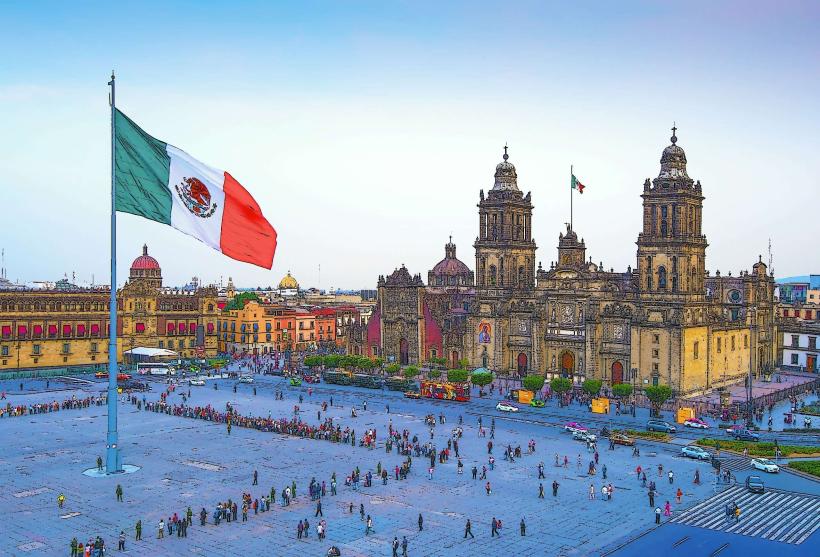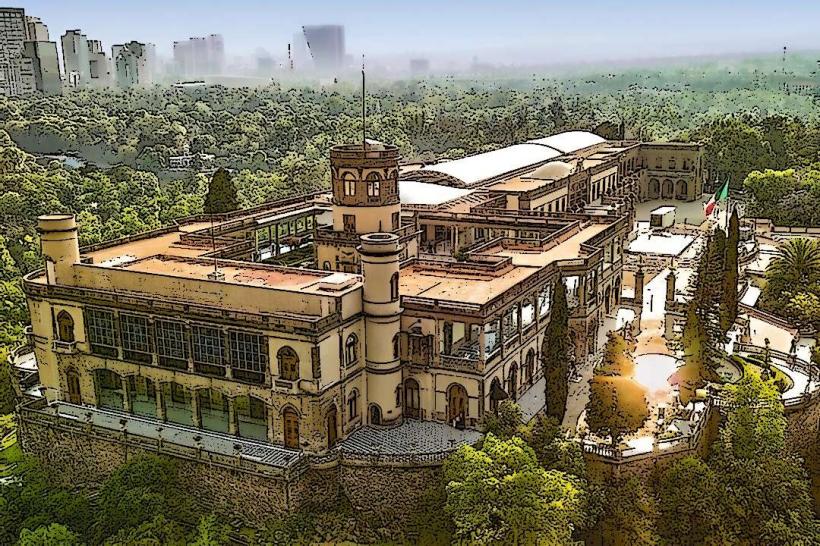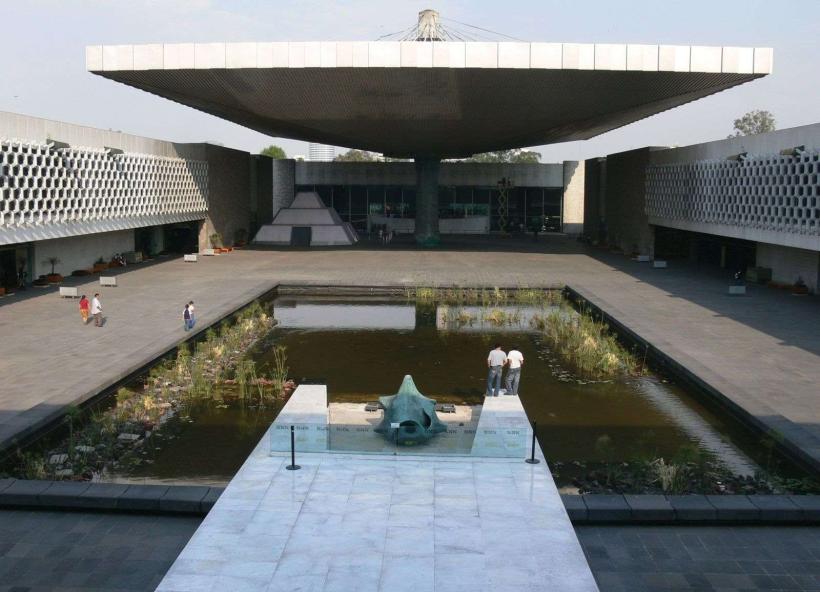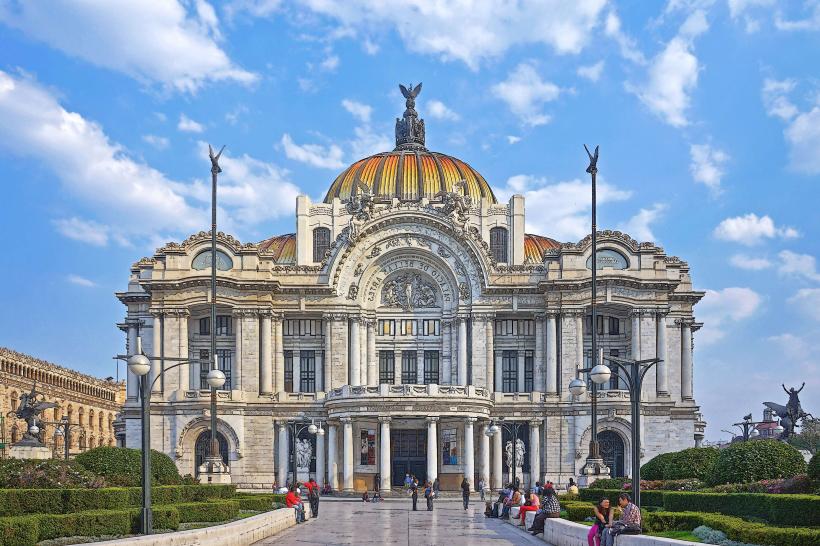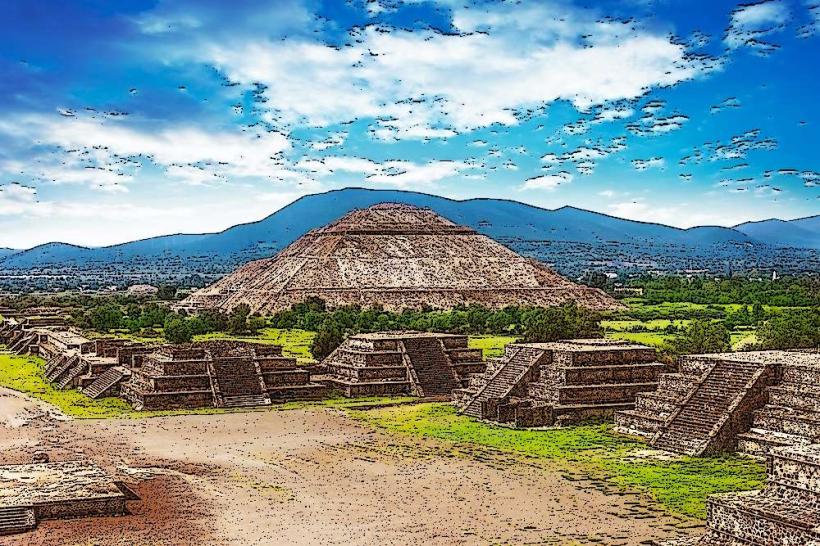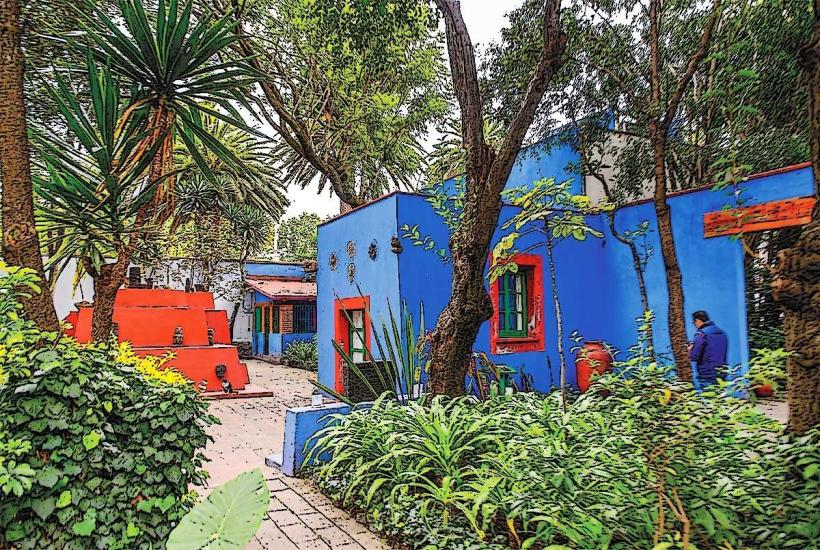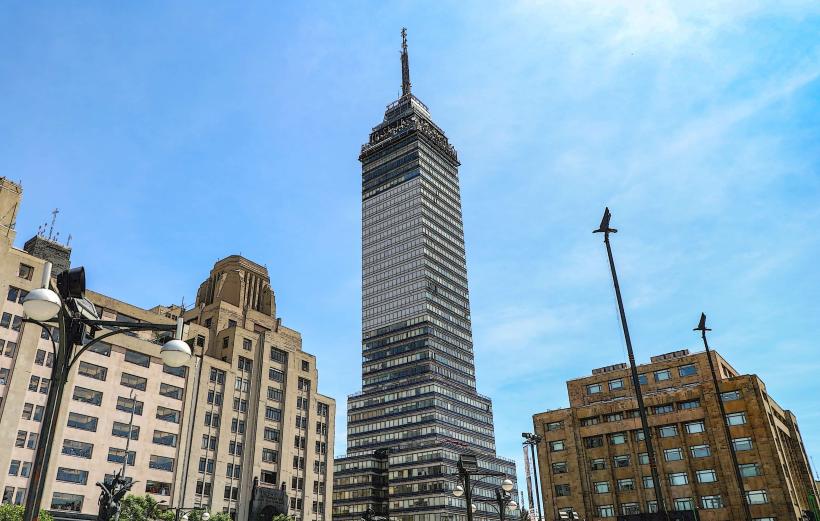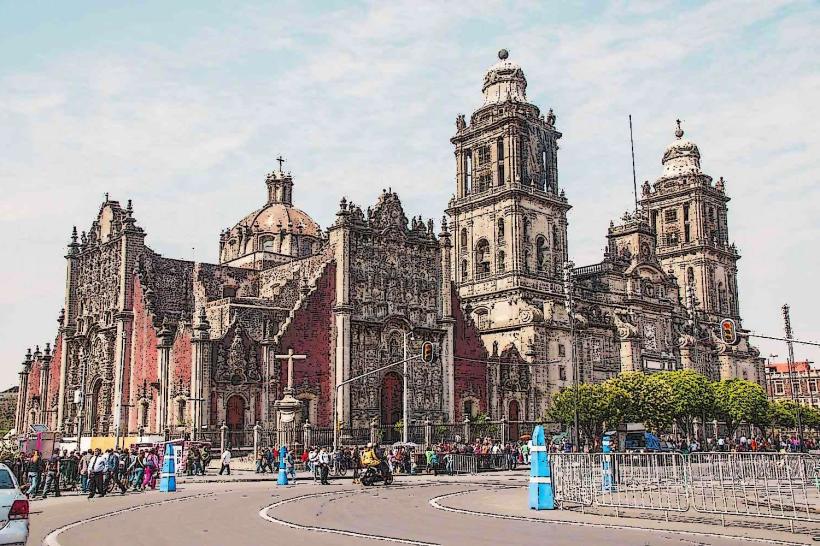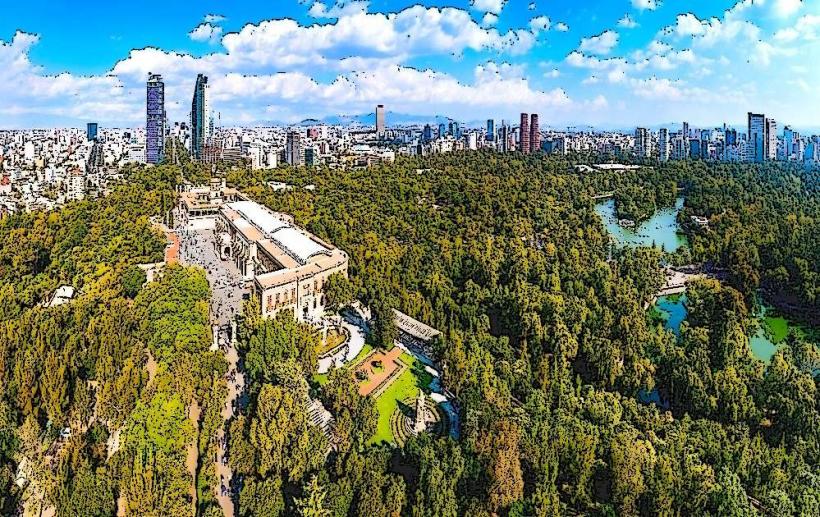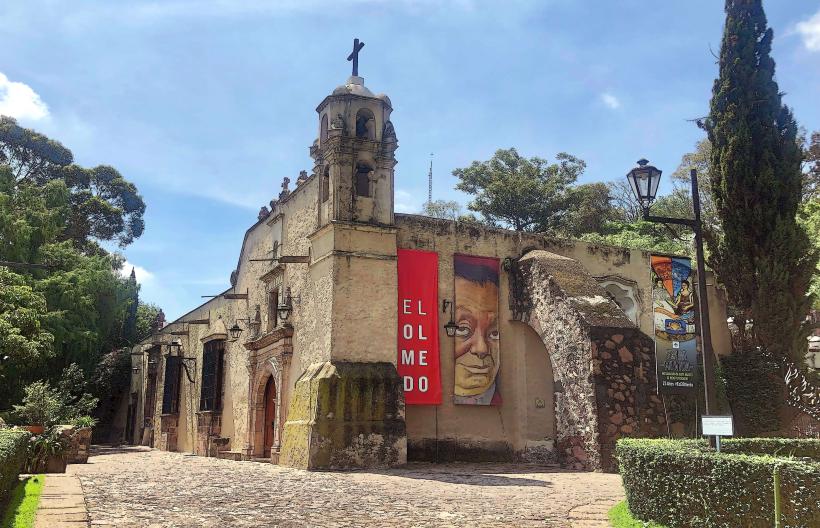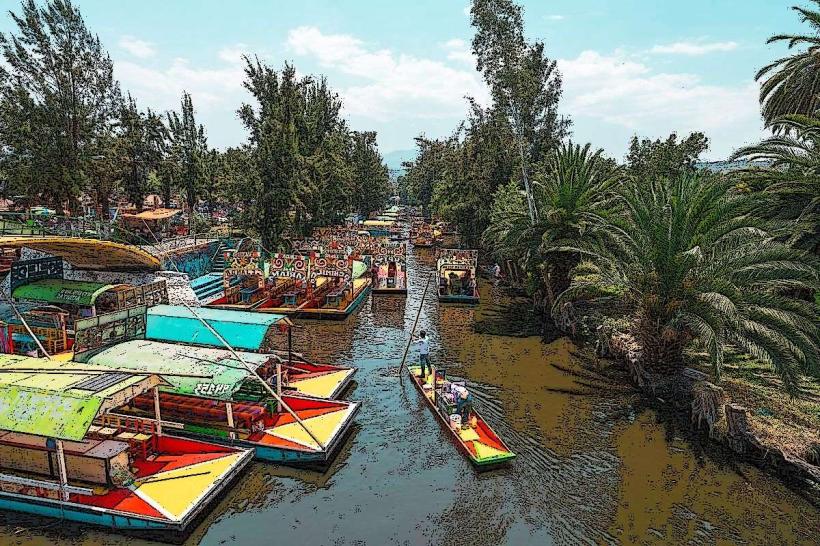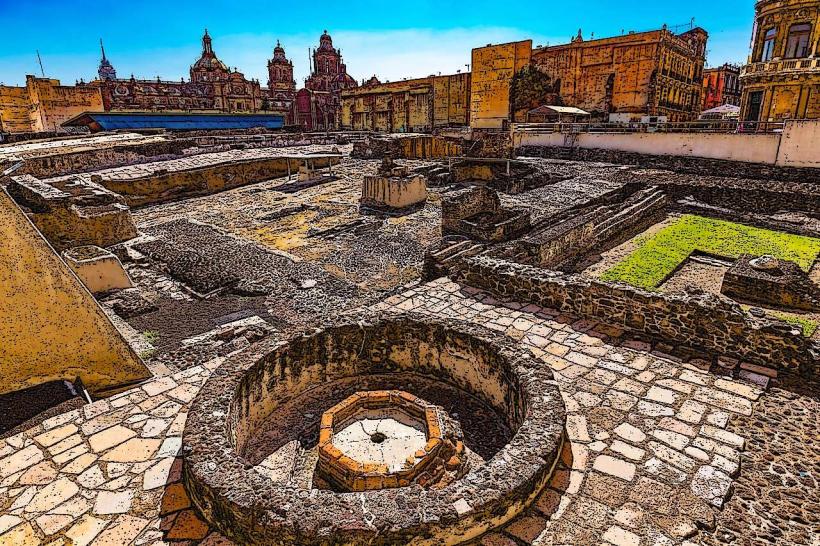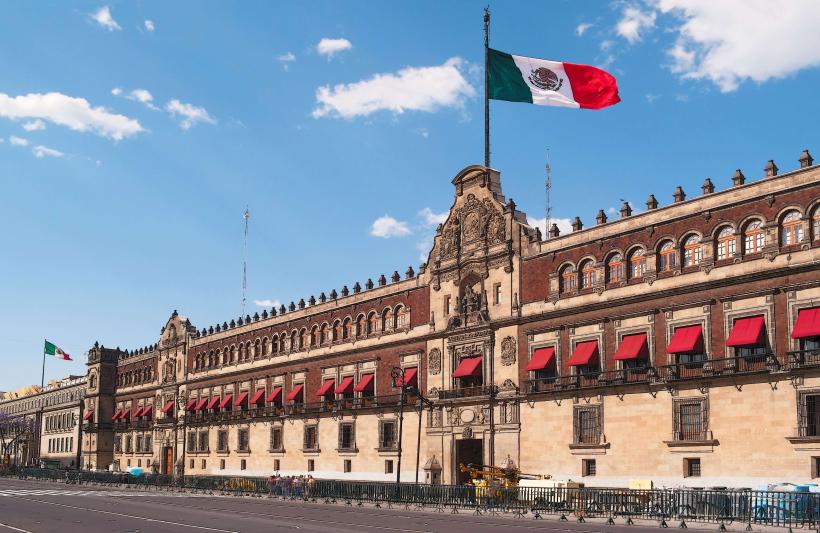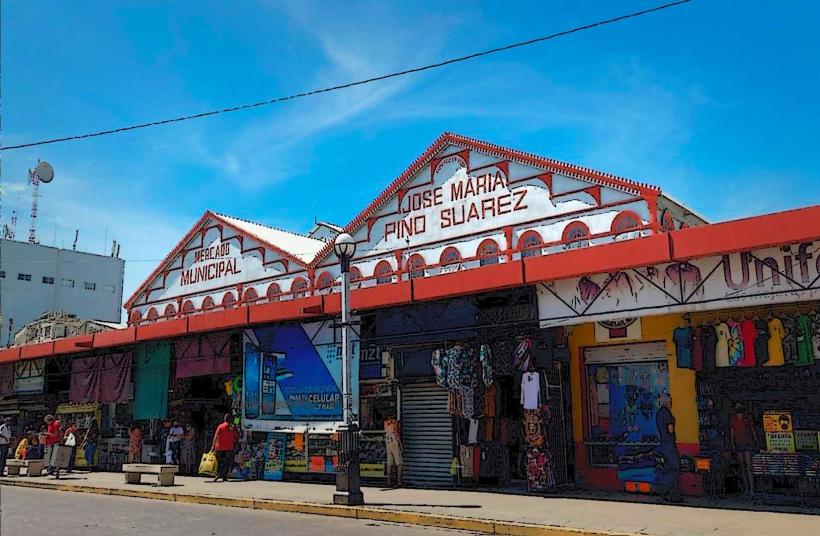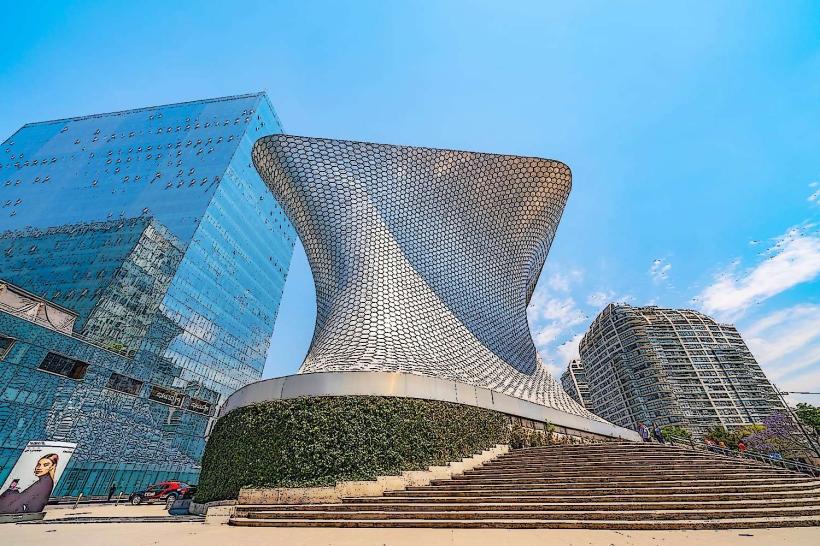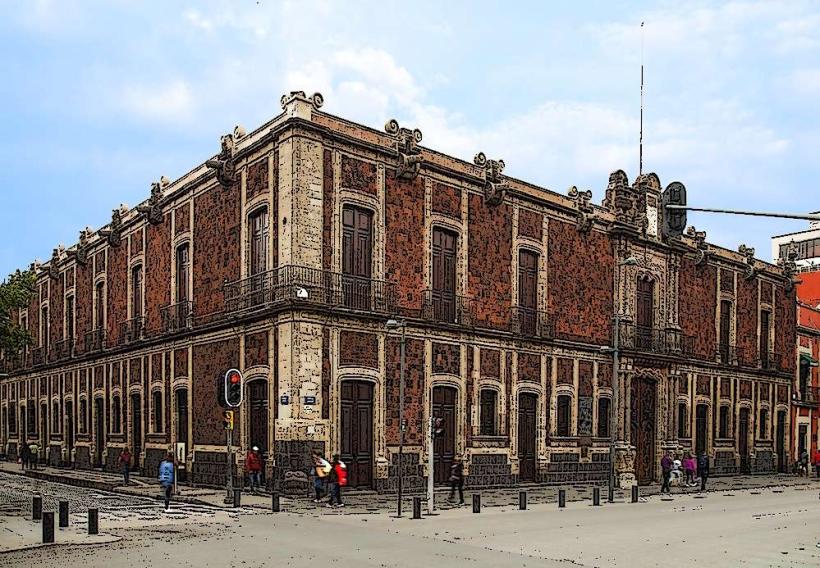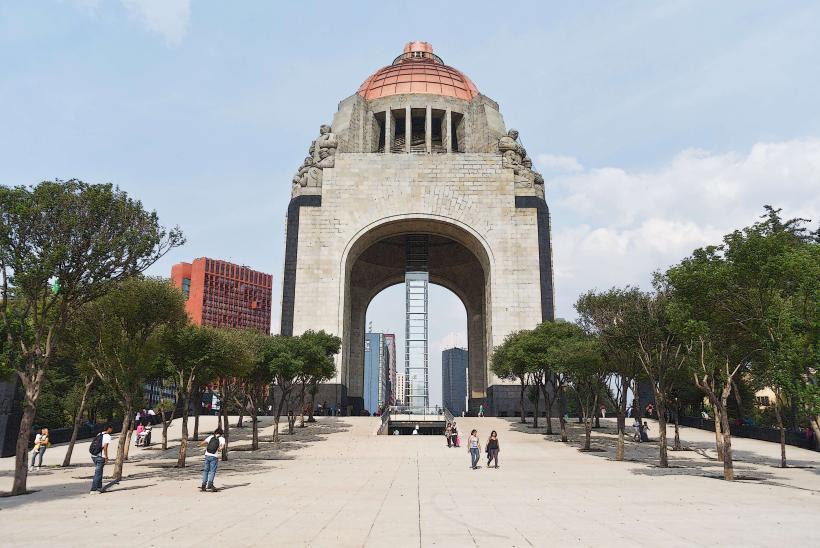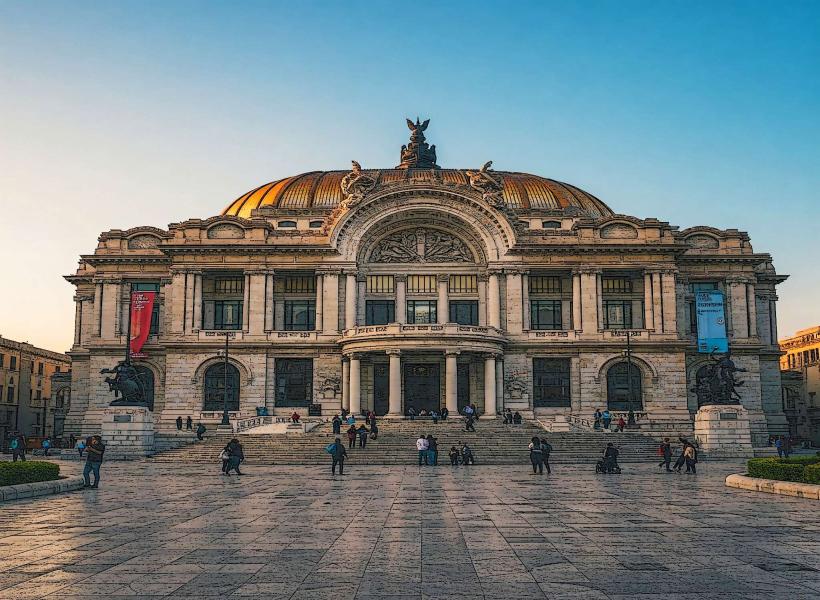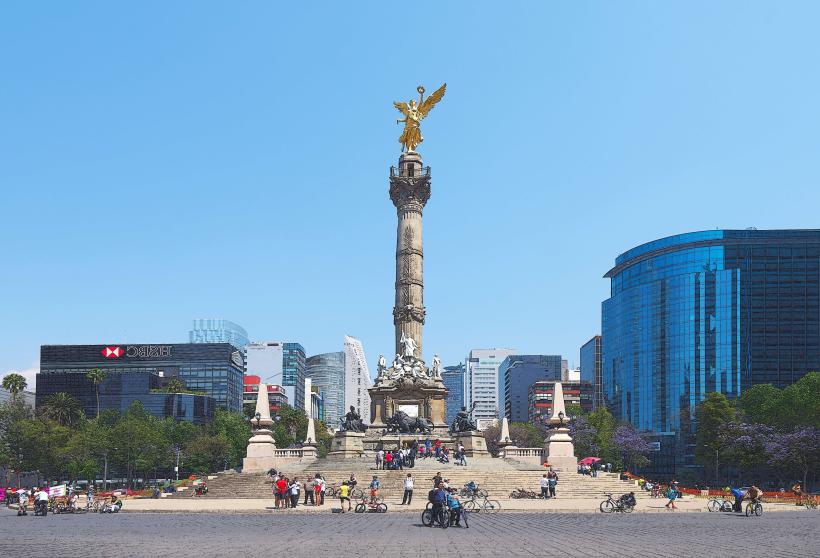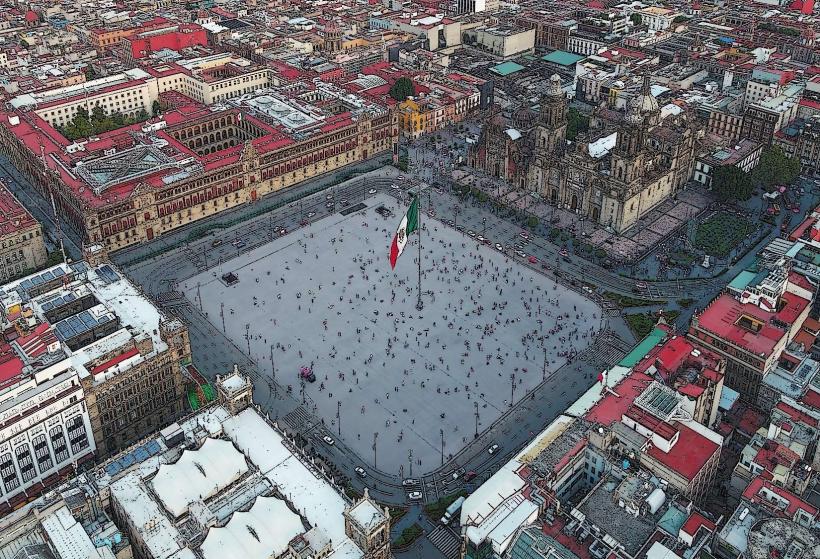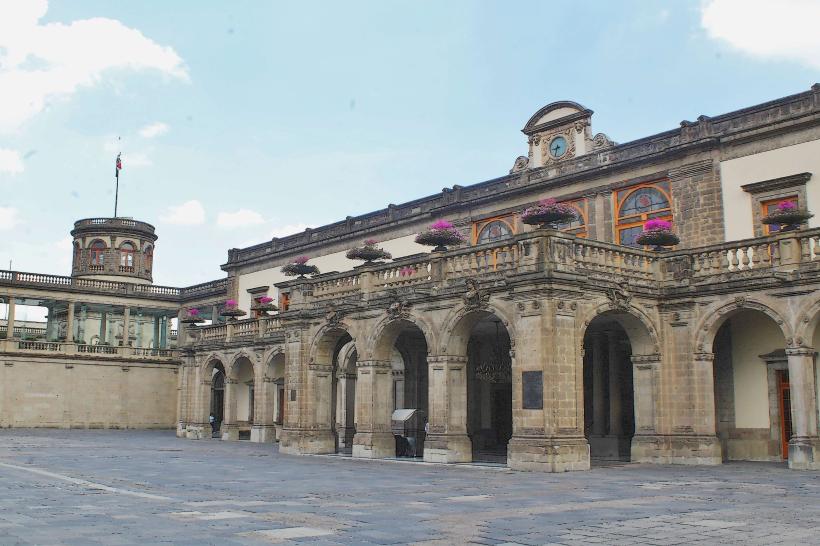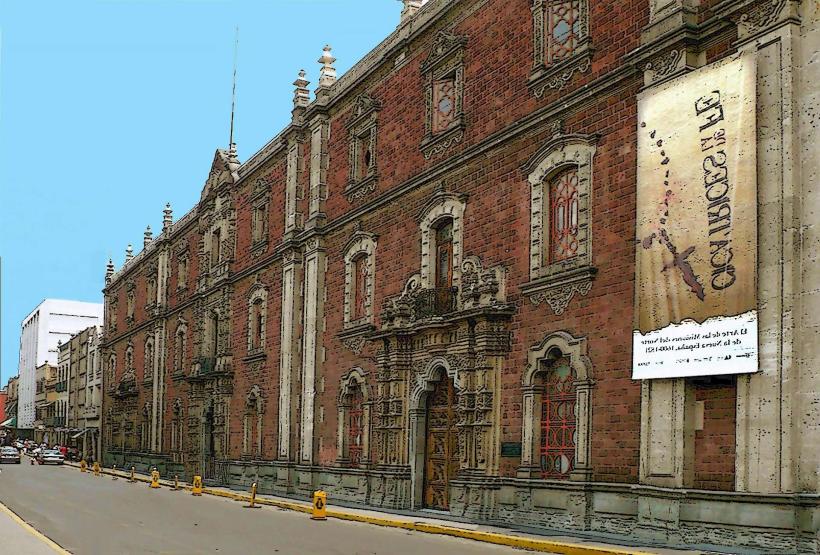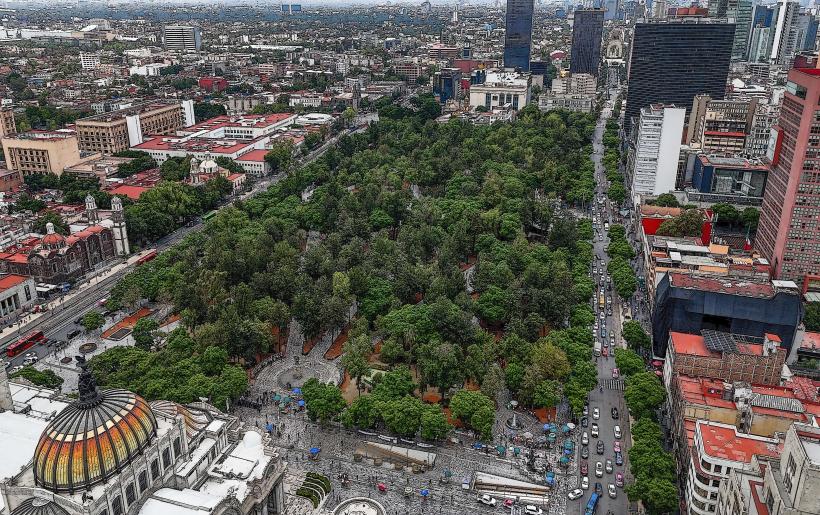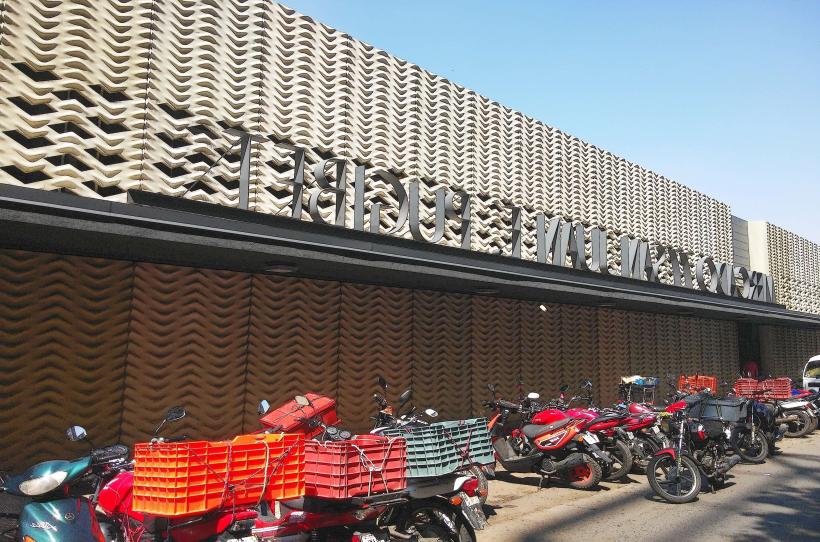Information
Landmark: Coyoacán DistrictCity: Mexico City
Country: Mexico
Continent: North America
Coyoacán District, Mexico City, Mexico, North America
Overview
Coyoacán is one of Mexico City’s most enchanting districts, with cobblestone streets, a rich artistic legacy, and a bohemian spirit that lingers in the air, not only that the name “Coyoacán” comes from Nahuatl, meaning “destination of the Coyotes,” a nod to its roots as an Aztec settlement long before cobblestone streets and colonial walls claimed it.Today, the neighborhood bursts with life, where colonial-era facades stand beside museums, shady plazas, and a thriving, modern art scene, and coyoacán’s history runs deep, reaching back to the days of the Aztec empire, when its bustling markets and stone streets marked it as a key settlement.After the Spanish took control in the early 1500s, this became one of the first parts of Mexico City to be settled, its quiet fields and narrow dirt paths holding on to a rural charm for centuries, as well as back in the colonial era, Coyoacán sat just beyond the city’s edge, a quiet town dotted with wide haciendas and fields where corn swayed in the sun.As Mexico City grew, Coyoacán shifted from a quiet village with cobblestone streets to a lively district, yet it kept much of its heritage-world charm, in turn in the 20th century, Coyoacán slowly merged into Mexico City’s sprawl, yet it still keeps its own voice-narrow cobblestone streets, leafy plazas, and the quiet air of its history.Today, it stands as one of Mexico City’s 16 boroughs (delegaciones), woven into the city’s bustle like the smell of fresh tortillas drifting through a market, meanwhile in Coyoacán, one of the biggest draws is the Frida Kahlo Museum, La Casa Azul, a vivid cobalt-blue house that’s become an icon of the neighborhood, somewhat This museum once served as the home of the legendary Mexican artist and her husband, muralist Diego Rivera, where sunlight still spills across the painted courtyard, on top of that the museum displays an intimate collection of Frida Kahlo’s paintings, treasured keepsakes, and vivid works that reveal her inner world, her artistry, and the stormy bond she shared with Rivera, generally I think, Visitors can wander through the house, step into sunlit gardens, and even peek inside her studio, where she painted some of her best-known pieces, and coyoacán’s main square, the Jardín Centenario, is a leafy retreat ringed by colonial facades, bustling cafés, and modest shops where the scent of fresh coffee drifts through the air, slightly often Most days, the plaza hums with voices and footsteps, drawing locals and travelers alike to linger by its shaded benches, to boot the plaza’s highlights include the Fountain of the Coyotes, honoring the area’s name with its bronze figures mid-leap, and the Kiosco, a central bandstand where music drifts through the air during live performances, adding to the buzz of the spot.Coyoacán Church, or Parroquia de San Juan Bautista, is a 16th-century landmark and one of the oldest buildings in the area, its worn stone walls still cool in the shade, alternatively the church’s façade blends baroque curves with sturdy colonial lines, standing as a striking testament to the region’s religious and colonial past.Just off the main plaza, the church draws visitors eager to explore Coyoacán’s history, its worn stone doorway cool to the touch, to boot inside, the church glows with ornate altarpieces, vivid paintings, and relics-like a worn silver cross-that whisper stories from Mexico’s colonial past.In Coyoacán, you’ll find another key piece of history-the Leon Trotsky Museum, or Museo Casa de León Trotsky-where the classical stone courtyard still holds the weight of his final days, in turn this was Leon Trotsky’s last home-a quiet corner in Mexico where the Russian revolutionary found asylum in 1937, only to be struck down by an assassin’s blow in 1940.The museum showcases documents, historic photographs, and worn artifacts from Trotsky’s years in Mexico, giving visitors a vivid sense of the era’s tense political climate and his spot in the country’s history, along with if you want a true taste of local life, don’t miss Coyoacán Market, where the air smells of fresh tortillas and ripe mangoes.They serve a tempting spread of traditional Mexican dishes-tacos with warm, soft tortillas, hearty tortas, crispy sopes, and cool, sweet aguas frescas, after that the market’s lined with stalls offering handmade pottery, baskets of just-picked fruit, and other local crafts, making it a great find for both food lovers and souvenir hunters.Viveros de Coyoacán is a lush park and bustling tree nursery where the air smells faintly of pine, offering a calm retreat from the city’s constant noise, to boot shade trees, shining flowerbeds, and the splash of fountains fill the park, drawing people to hike the paths, jog past the benches, or simply stretch out in the grass.You’ll also find statues of notable figures here, like Carlos Pellicer-one of Mexico’s great poets-set amid a sweep of lush greenery, making it a perfect spot to relax outdoors, consequently tucked in the heart of Coyoacán, the National Museum of Popular Culture bursts with vibrant displays that honor Mexico’s traditions and everyday artistry.It celebrates the artistic and cultural spirit of Mexico’s people, from handwoven blankets to vibrant folk art, and the museum rolls out rotating exhibits that showcase regional art, the dazzling rhythms of Mexican folk music, and the many cultural traditions found across the country.Coyoacán has long drawn artists, filling its streets with shining galleries, cozy craft shops, and sunlit studios that spill the scent of fresh paint into the air, in addition the district hums with a bohemian vibe, where painters hang canvases in sunlit windows and musicians fill the streets with guitar riffs, for the most part Around the Jardín Centenario, artisans line the paths, their tables shining with silver bracelets, vivid paintings, and smooth clay pots, simultaneously visitors will discover traditional Mexican art alongside bold modern pieces that pulse with the region’s creative energy, from vivid handwoven textiles to sleek abstract sculptures.Cafés and Restaurants: The district’s full of cozy cafés, many with little tables outside where you can sip coffee while watching life unfold in the main plaza, then cafés and restaurants often buzz with locals and travelers, the air rich with the smell of fresh coffee, scorching chocolate, and sweet pan de muerto or soft, sugar-dusted conchas.Alongside its cozy cafés, Coyoacán is packed with Mexican eateries serving everything from sizzling street tacos to elegant plates crafted with fresh, local ingredients, while all year long, Coyoacán bursts with life, hosting music festivals, art shows, and traditional Mexican celebrations-luminous papel picado fluttering overhead in the plaza.Somehow, During the Day of the Dead (Día de los Muertos), the site bursts with color as locals fill the streets and plazas with altars, marigolds, and offerings for loved ones who’ve passed, equally important today, Coyoacán hums with life, where cobblestone streets meet lively cafés and markets, weaving its rich history together with the comforts of modern living.Boutiques, art galleries, cafés, and lively bars spill along its streets, and it still draws artists, writers, and students looking for a spark of inspiration, on top of that now folded into Mexico City, Coyoacán still feels like its own destination, with leafy plazas and a slower, easier pace than the city’s busier districts.People often think of it as a haven for creatives, thinkers, and anyone chasing fresh ideas, like a painter sketching in a sunlit café.
Author: Tourist Landmarks
Date: 2025-09-22

